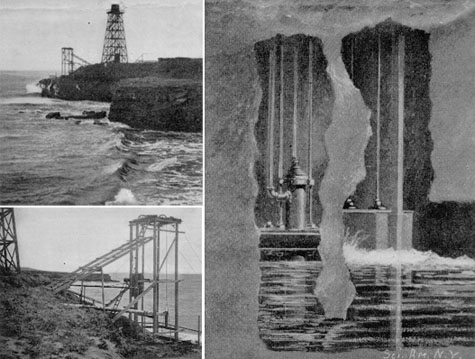
Saturday, 17 March 2012
Hugh Holland's 70s skate kids: Locals Only
HUGH HOLLAND'S 70s SKATE KIDS

"Lost in a turn, board and feet melting into pure expression, illuminated under scorching sunsets: photographer Hugh Holland's incredible portraits of 70s skate kids - pre commercialism and sponsorship - capture a magical moment in sideways culture.
Now collated in his book Locals Only, this glowing and unique collection of images all began with a chance encounter in 1975....Holland, just starting his career, was driving up from Laurel Canyon Boulevard in Los Angeles, when he spotted the bodies of brown kids weaving up the sides of the drain ditches adjacent to the canyon..."
(via Nollie)
"Lost in a turn, board and feet melting into pure expression, illuminated under scorching sunsets: photographer Hugh Holland's incredible portraits of 70s skate kids - pre commercialism and sponsorship - capture a magical moment in sideways culture.
Now collated in his book Locals Only, this glowing and unique collection of images all began with a chance encounter in 1975....
Holland, just starting his career, was driving up from Laurel Canyon Boulevard in Los Angeles, when he spotted the bodies of brown kids weaving up the sides of the drain ditches adjacent to the canyon..."
(via Nollie)
WEARABLE HOMES (via Pruned)
WEARABLE HOMES

(Marry Mattingly, Always On, 2005. 28" x 20" Chromogenic
Dye-Coupler Print.)

(Mary Mattingly, Possibilities of Multilateral Communication,
2005. 30" x 30" Chromogenic Dye-Coupler Print.)
"Some specifics: “The fabric used is an outerlayer combination of Kaiok, a phase change material like Outlast® Adaptive Comfort®, waterproof Cordura, Solarweave UV protectant fabric, and the inner muslin layer. The fabric has the ability to keep the body at a comfortable temperature no matter the weather. The encapsulated warmers (like those found in electric blankets) are also woven into the innermost layer of the home, and through sensors, are adjusted to your bodies temperature and keep the home warm or cool on the inside to counteract the outside. The electronic silver threads in the fabric connecting to the sensors will give the wearers the ability to monitor themselves, their health and introspectively study themselves, as well as monitor the outdoor conditions, and transmit information to another, currently through a ZigBee connection or secure nodal random key coding and patterning frequency that can be set up to directly interface with another person’s home and information. This infrastructure will be able to receive signals from satellite and aid in GPS, mapping VA goggles, cel-sat and Internet..."
(via Pruned)
Update!
It's been nearly 3 years since I last used the blog, but thought I should start using it again. Will share some interesting things design and architecture related and anything random and maybe post a bit of what I'm working on at the moment. Enjoy.
THE WAVE MOTORS OF CALIFORNIA

"Still embedded somewhere in the shores of California, buried by more than a century of sand, are lost hydroelectric machines.Deep in the prehistory of green energy technologies now being researched by Alexis Madrigal for his forthcoming book, there is a whole series of devices intended to generate power from the sea.
Precursors of today's interest in tide power, these were "wave motors" and mechanized basins that turned the coast into a series of timed catchment reservoirs. The landscape itself became a machine.
One of the earliest patents filed for such technology was by Oakland resident Henry Newhouse in 1877. The purpose of his machine was "[t]o utilize the tide for a water-power," his patent text read, as quoted by the San Francisco-based Western Neighborhoods Project, "and preserve a continuous power by means of the arrangement of a reservoir to catch the water at high-tide, and a discharge-basin to let the water out at low tide and shut it out while the tide is rising."
Like something designed by Smout Allen, tunnels would be drilled through littoral rockfaces, even as natural bays were both expanded and reinforced. The coastline is soon a linked sequence of valves through which the tides can flow, generating electricity as they pass through a maze of elevated waterwheels and pumps.A great example of this type of wave motor comes to us from "the Armstrong brothers"; it was built on the coast of Santa Cruz in 1898."
(via BLDG BLOG)
Subscribe to:
Posts (Atom)




